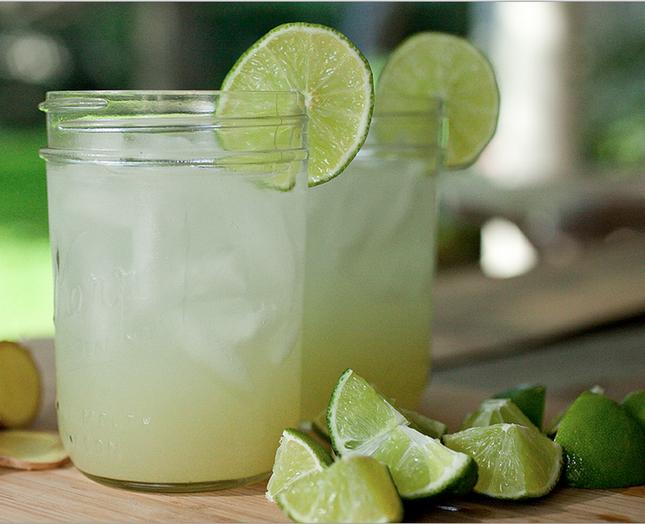Cocktail of the Month: Peru Meets Bolivia
By • May 21, 2015 0 3042

Anyone who follows my column knows about my love affair with pisco, which started when I lived in Peru. Little did I know then that pisco has a Bolivian partner-in-crime called singani.
Peru and its landlocked neighbor, Bolivia, share many things, including the Incas, the Andes, alpacas and altitude. When it was part of the Spanish empire, the area that became Bolivia was known as Alto (Upper) Perú.
Many folks regard Bolivia’s national liquor, singani, as a variation of Peru’s pisco, but there are distinct differences. While it’s true that both are technically brandies forged from grapes, singani differs from pisco because it is made from one specific varietal: white Muscat of Alexandria grapes. Singani hails from the Bolivian Andes and can only be produced within its appellation or specified landmark boundaries.
According to singani.com, distillation began in the 1500s when settlers began producing wine. The affluent residents of Potosí, a silver-mining town that was one of the richest cities in the world in its day, began to ask for a stronger drink with which to celebrate. In the community of Singani, a distilled spirit was produced for the wealthy. “Singani” has been in production ever since.
I got a chance to sample singani last autumn when I was traveling through Bolivia. In La Paz, I met up with one of my dearest Peruvian friends, Miguel Luis Roque, a musician who had been staying and playing in Bolivia for several months. During his time traipsing throughout the country often referred to as “the Tibet of the Americas,” Miguel had developed an appreciation for its native spirit.
Singani has a smooth taste and a hint of sweetness similar to pisco. However, Miguel wanted me to appreciate the subtleties of my newly discovered elixir. He insisted on doing a side-by-side comparison between singani and a bottle of pisco I had brought from Peru. When weighed against one another, I found singani to be a bit drier, with a slightly spicier flavor.
After sampling each straight up, we mixed them both in a traditional Bolivian cocktail called the chuflay. Technically a highball, a chuflay consists of singani mixed with lemon soda (or sometimes ginger ale). It’s usually served in a collins glass, garnished with lime.
This cocktail was a breeze to make. In the corner stores, we found a super-tart carbonated lemonade drink sold in liter bottles. This beverage was an excellent complement for the tangy flavor of the grapes, and the tender spiciness of the singani gave it a bit of a zesty aftertaste. It was as refreshing as breathing La Paz’s 12,000-foot mountain air.
I later learned that singani is free of methanol, which accounts for its smoothness. It also contains no congeners, which can contribute to hangovers. I appreciated this fact when I got up four hours after our tasting session to go mountain biking on Bolivia’s notorious highway of death.
For a long time, the only way for Americans to enjoy singani in their home country was to bring it back in their suitcases after a trip to Bolivia. However, according to websitesinganiusa.com, Ace Beverage in Washington is the first place where singani formally went on sale in the U.S. Movie buffs will be interested to know that Oscar-winning director Steven Soderbergh has begun producing his own brand of singani (Singani 63) that can be purchased online.
The traditional toast when drinking singani is “La vida es buena” (“Life is good”). I couldn’t agree more with this sentiment on the joyous day when I spent the night reminiscing, not only with close amigo Miguel but with my Lima-based travel partner (and Miguel’s former music collaborator) Lowell Haise Contreras. Cheers!
The Chuflay
1.5 ounces singani
4 ounces lemon soda or lemonade
Add singani to a collins glass, then add lemon soda. Garnish with lemon or lime.

